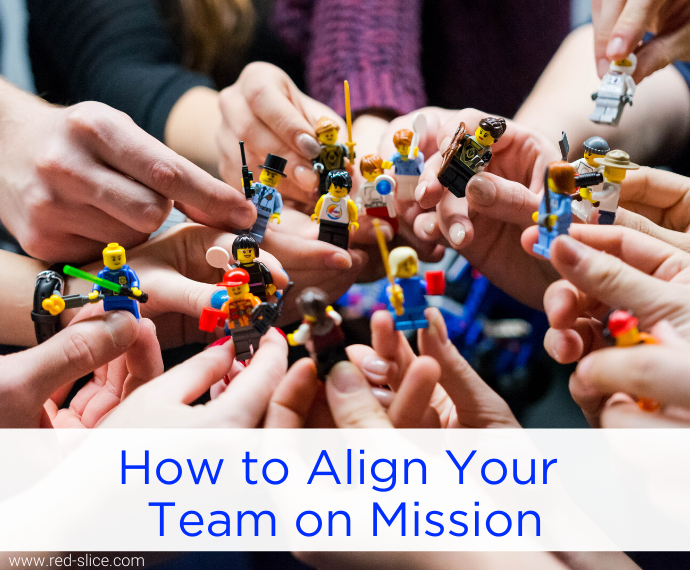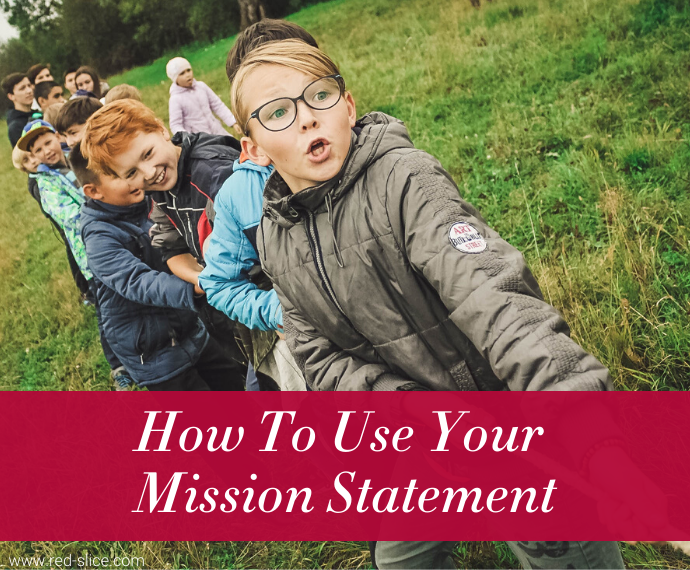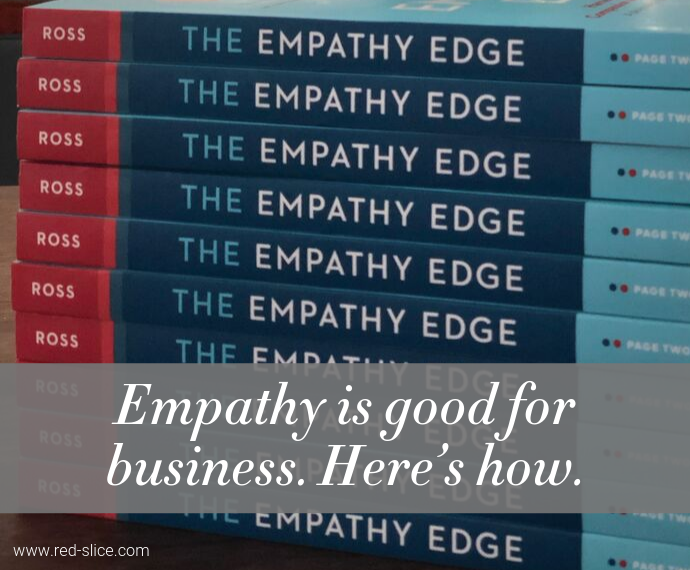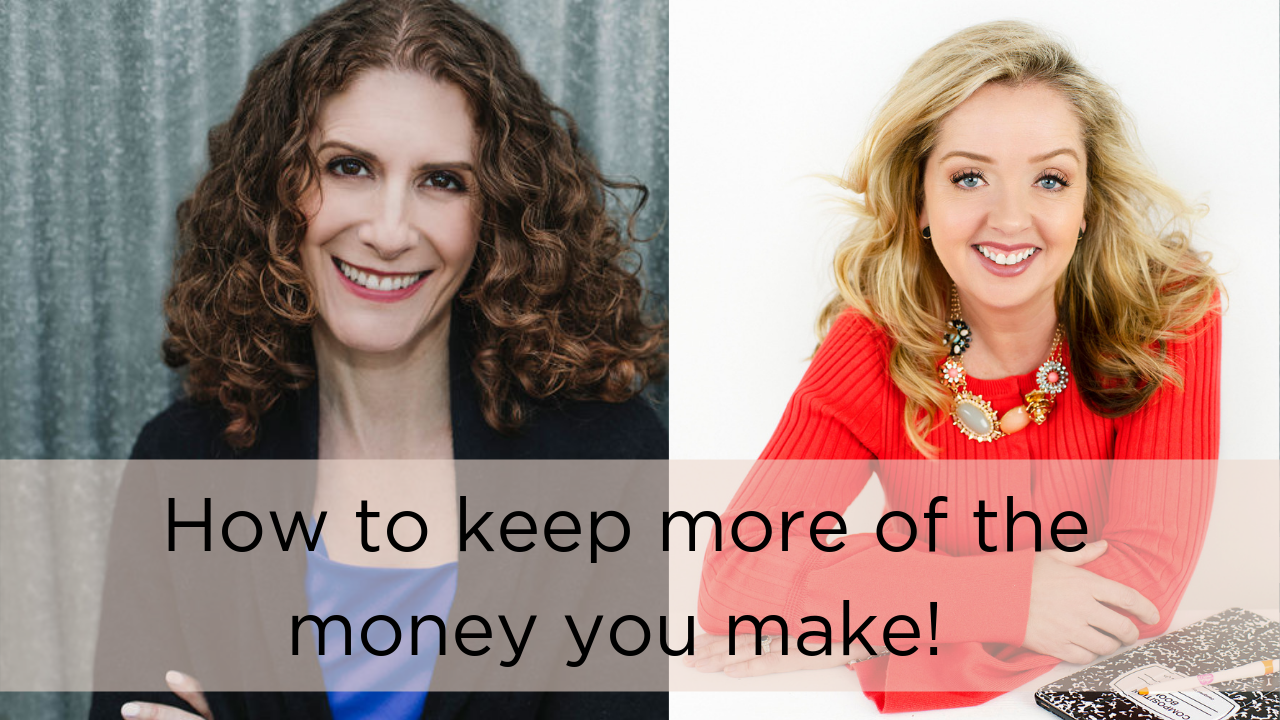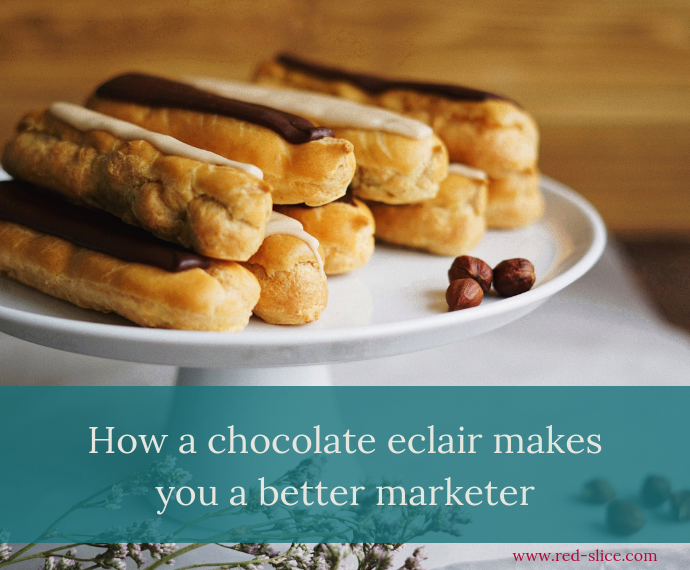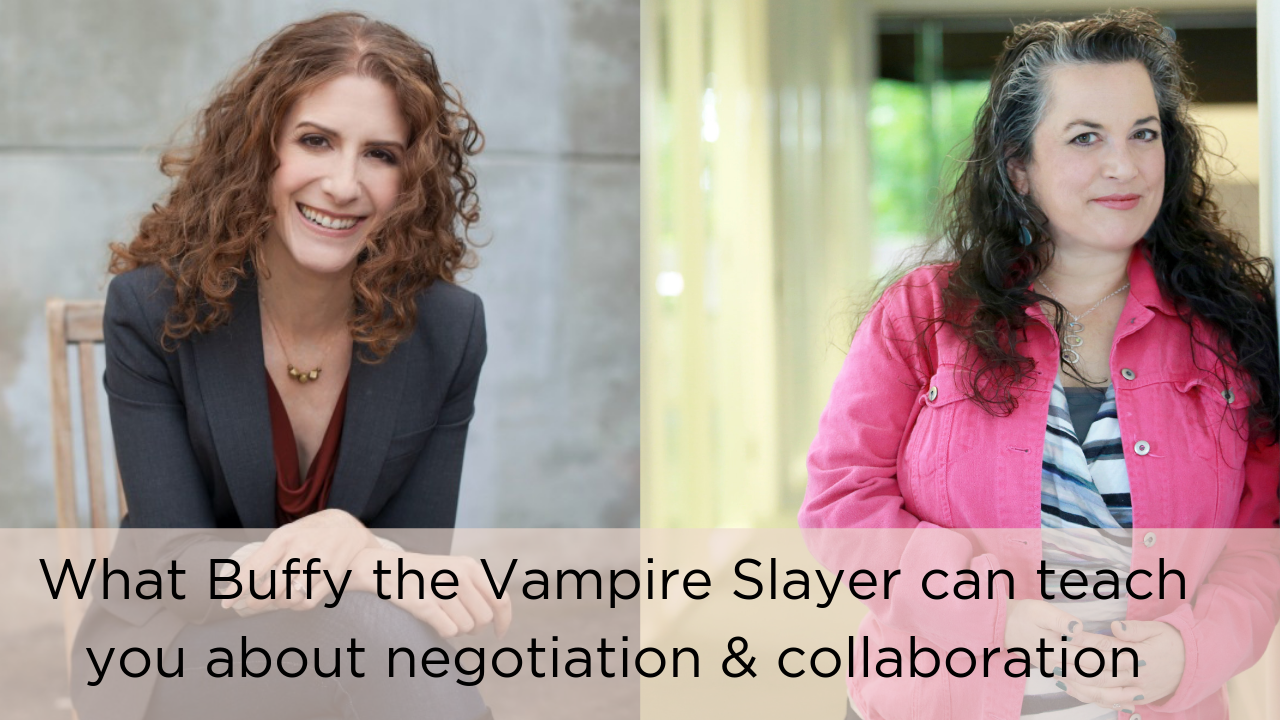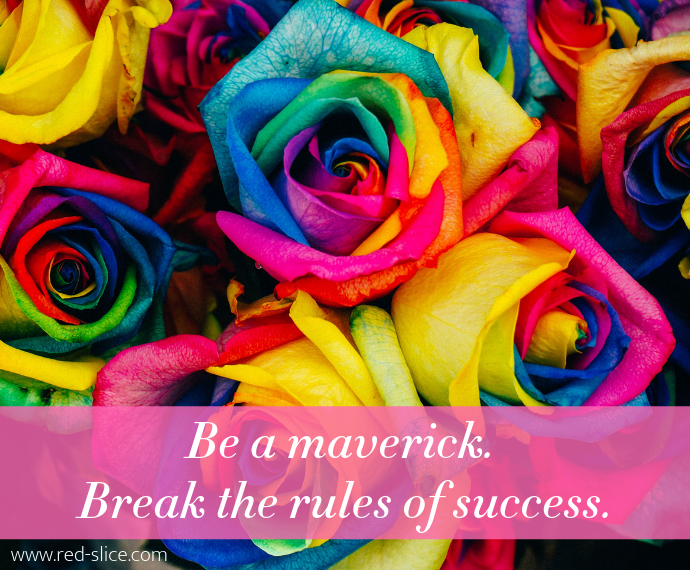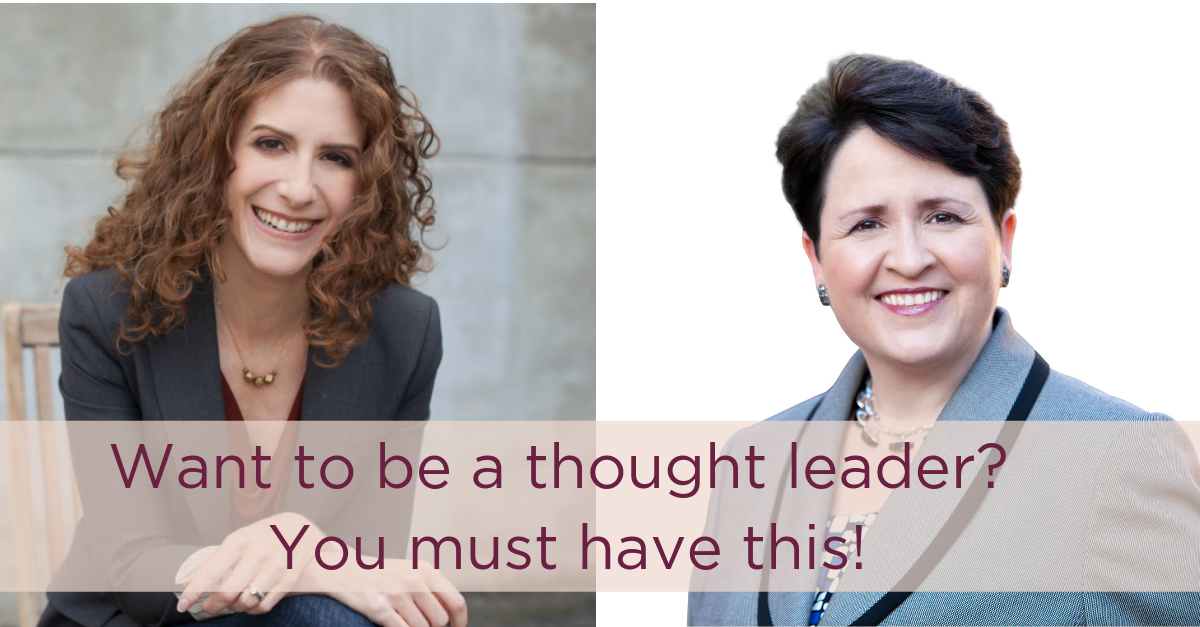
People say I’m a good storyteller, which is really nice, since it’s my career. My passion. My purpose.
Stories have the power to inspire, delight, provoke, impact, ignite, and make us think. Whether it’s a play, book, movie, documentary….or brand story…there is a human desire to connect through story.
Stories are often the only thing that can move us into adopting empathy and acting with compassion. (Tweet This!)
When we hear facts, we are impressed by tune out. When we combine facts with real-life stories of people impacted, we sit up and take notice.
I believe this is why some TV ads can make us cry. TV ADS. Because the best ones so eloquently and artfully tell a story in 60 seconds. That is no small task.
So how does one tell a story that fast? How can you engage someone enough to take action, to buy from you, donate to your cause, or join your movement?
While I have been told I’m a good storyteller, as mentioned, I don’t always think I am. But when things do click into place, here why I think that is the case:
1 – Elevate the message:
When you are talking about your products or services, that is all well and good to drone on about features, bonuses, and all the cool stuff the customer gets. But what is all this stuff really leading to? What’s it all for? Elevate your story to something with more meaning and purpose. I’m not saying “make it up.” I’m saying, think about how this make the person’s life or work better? Why are they seeking this solution? What is this really all about for them?
If you sell HR recruiting software, is it about screens and clicks? No, it’s about helping communities thrive by matching individual talent with companies who needs it so they can all prosper.
If you are a wellness coach, is this about another diet plan? No, it’s about self-esteem, confidence, and having enough energy to frolic with my kids so we can create happy memories together.
How can you talk about your work in a way the reveals its higher purpose so the listener can emotionally connect and engage with it?
2 – Have a hero
Good movies, fairy tales, novels…even case studies, if they are well-written….have a hero. A protagonist we can root for, someone who has to overcome a challenge and triumphs in the end. Even a comedian can set up a killer joke with a story, often about themselves, and how they got from A to B. People want to cheer for a hero. Ensure your stories have a hero, and even better if you can tell the story in a way that makes your LISTENER the hero.
You can do this if you are making an emotional plea for a charity. And, yes, you can even do it if you are selling B2B products or services! If you are sharing the story of what your product or service does, don’t just rattle on about all the “things.” Tell me a story about Steve, who worked in Finance, and how we struggled with quarterly reports. How he gave up nights home with his kids, and missed ballgames every three months because he had to wait hours and weeks for accurate data. And then how your solution swooped in and changed his work life forever. How, now, Steve can finish up quarterly reporting in 1/10th of the time and so far this year, has never missed one of his daughter’s dance recitals, which makes Steve a happier employee, kinder colleague, and less-stressed out husband.
3 – Create friction and suspense
Once of my favorite storytelling devices is expectation. It’s why I love mysteries and crime dramas so much. I want to be in a place where I’m breathless, waiting for what happens next.
Believe it or not, you can create this for business stories, too. I adore non-fiction books by Chip and Dan Heath, Daniel Pink, and Malcolm Gladwell because they always manage to start out with a story and create a sense of suspense about where the argument is going, and what is going to be revealed next. I utilized this technique in my book Rebooting My Brain (even though it was clear I had survived in the end) and even in my business book, The Empathy Edge. How? By leaving the reader wanting more at the end of each chapter. By slyly suggesting they were about to find out some interesting information if they just kept reading.
Where can you inject suspense in to what may be some pretty dry storytelling? If you’re giving a speech, do you have to reveal everything, or can you hint that there is more to the story? Can you tease with something at the start, weave that in throughout, and reveal it at the end? If you are writing marketing copy, can you build up enough intrigue (without being too vague) so that readers are dying to click the button or download the guide and find out what you have to reveal?


